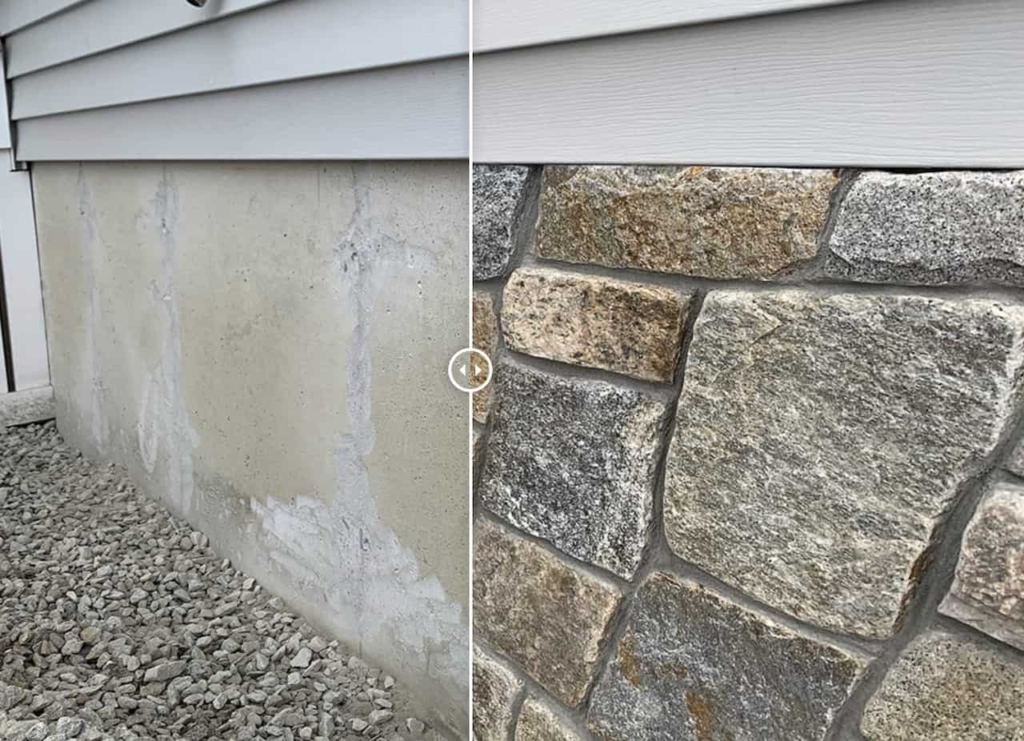Dance classes teach students about routine, and they’ll learn to be punctual and dedicated. They’ll also build their cognitive abilities, such as focus and concentration.

Dancing is a great way to relieve stress and boost your mood. It can also improve balance and coordination, and promote overall physical health. Contact Wesley Chapel, FL Dance Lessons for professional help.
Dance lessons help kids build a strong sense of self-worth. Through physical empowerment, improving body image, learning to take constructive feedback, collaborating with peers and facing challenges, dancing nurtures confidence.
When children master a new dance skill, it gives them a feeling of achievement that bolsters their confidence both on and off the dance floor. This is especially true when they are able to perform on stage, which can be a major milestone for many young dancers.
Performing in front of an audience encourages them to be more open and confident when they speak in public or socialize with friends. The discipline and resilience they learn through dance also translates into other aspects of their lives, including school, where it may benefit them when they have to overcome obstacles or face criticism.
The art of dance requires a high level of concentration and focus, which helps to improve children’s ability to pay attention in class and focus on their schoolwork. It also teaches them to manage their emotions and stress. In addition, dance teaches them how to collaborate with others and create a harmonious performance. As a result, they become better communicators and more open to other people, building stronger friendships in the process.
Dance classes often provide opportunities for dancers to receive constructive feedback from instructors. For example, Alex, a ten-year-old dancer, struggled with maintaining balance during turns. His instructor provided him with feedback and encouraged him to keep practicing until he was able to master the move. He reworked his technique, which led to significant improvement and reinforced the importance of perseverance in improving oneself.
Stress Relief
The physical exertion of dance, coupled with emotional release, can act as a powerful stress relief technique. Many studies have shown that individuals suffering from depression experienced a reduction in depressive symptoms and stress levels after participating in dance lessons. Dance has been found to help improve moods by increasing serotonin production and boosting brain activity. In addition, the social interaction that comes with dancing helps alleviate stress and improves overall mental well-being.
Whether it’s the disciplined movements of ballet or the spirited steps of salsa, the act of moving the body to music helps reduce tension and promotes a sense of calm and focus. Dance lessons also provide a unique opportunity for individuals to learn about spatial patterns and musicality, which can be helpful in other areas of their lives.
Learning to dance can be challenging at first, just like anything new. However, as the students continue to take lessons they develop a better understanding of the music and how to move to the beat of it. This allows them to leave their stresses behind and fully focus on what they are doing in the moment. As a result, they can experience a sense of accomplishment and euphoria once the lesson is over.
In addition, the instructors at Adore Dance encourage students to focus on their individual progress and acknowledge their achievements. This is an important part of stress management, as unrealistic expectations can lead to unnecessary anxiety and pressure.
Additionally, the instructors will often hold the students in their arms for parts of the class. This is a great way to assist with stress relief because the touch of another person releases oxytocin, which helps the body relax. This is especially useful for children who can benefit from the soothing touch of a parent or teacher during their dance classes.
Using dance as a stress relief technique is a safe and effective alternative to other unhealthy activities such as smoking, excessive drinking or binge eating. In addition, it’s easy to incorporate into everyday routines and is enjoyable for people of all ages and fitness levels. All you need is a desire to learn, an open mind and a commitment to your personal progression.
Social Interaction
Dance requires communication and cooperation between all members of a group. Working together to complete a choreographed piece builds teamwork and strengthens friendships. Practicing and perfecting routines can build confidence in individuals, as they work to meet and exceed performance goals over time. Dance lessons also teach the value of respect and appreciation for others, as students are exposed to different cultural events, traditions, and music.
Dance is a great way to build social connections for children who are non-verbal. Instead of relying on words, dancers can communicate with the other dancers in their class or during a recital by synchronizing movements and using gestures to convey ideas without the need for verbal language. This type of interaction can help build empathy and understanding for the needs of others, which will aid in developing strong interpersonal relationships later in life.
One of the most important skills that dancers learn is how to create and maintain rapport. A dance teacher can encourage the development of these skills by incorporating peer feedback in their classes. Peer feedback involves dancers watching each other and then commenting on what they see, which is a powerful social learning strategy. This can be done between partners, where dancers watch and critique each other one on one, or in groups of the entire class, where dancers are observing the same move from everyone else instead of just their partner.
A recent interdisciplinary research project at the University of Calgary, in partnership with Kaeja d’Dance, aimed to pilot test whether a dance-based intervention could improve body appreciation and connective capacity in older adults. Participants in the study were asked to participate in a 4-day dance intervention that consisted of collaborative movement creation tasks, touch, and the exchange of embodied memory. Within the limitations of a small sample pilot study, converging mixed methods results indicate that the dance-based intervention was successful in improving body appreciation and connecting capacity among participants.
In addition, dancers can develop their creativity through the exploration of new moves and musical styles. For example, a student may start to incorporate hip-hop or Irish step dance elements into their own dances, which can lead to an exploration of different cultures and traditions. This can further foster a sense of belonging in the classroom community and teach students to appreciate diversity in others.
Physical Activity
Dance lessons offer children a fun way to get the recommended amount of physical activity for their age. They also build their strength, flexibility, balance and endurance. Depending on the type of dancing, it can be a low- or high-impact workout that burns calories and increases heart rate.
Incorporating dance in a classroom setting can be an excellent way to help students develop their physical fitness and stay active in school. Dance is a complex physical activity that requires aerobic endurance, strength and coordination. It is a social and interactive activity that can improve posture, increase balance and coordination, as well as serve as an outlet for stress and anxiety.
A study in Pediatrics found that children who participated in dance were more active than those who did not participate. They were more active in recess, showed improved abilities to play with others and developed a greater sense of confidence and trust. It was also found that the more days they attended dance class, the more activity levels increased.
The study reviewed six different studies that looked at the effects of structured dance classes on psychological or cognitive outcomes in youth. To be included in the analysis, the study had to be full original peer-reviewed and include a comparison group that either did not participate in dance or participated in a similar activity. The outcome measurements had to be measurable through scales, examinations or surveys.
Researchers looked at the impact of different segment types within dance classes on moderate-to-vigorous physical activity (MVPA) and sedentary behavior. They identified segments as warm-up, technique, routine/practice, games, break and cool-down. It was found that youth’s MVPA varied by segment type and dance type, with technique and routine/practice having the highest amounts of activity.


